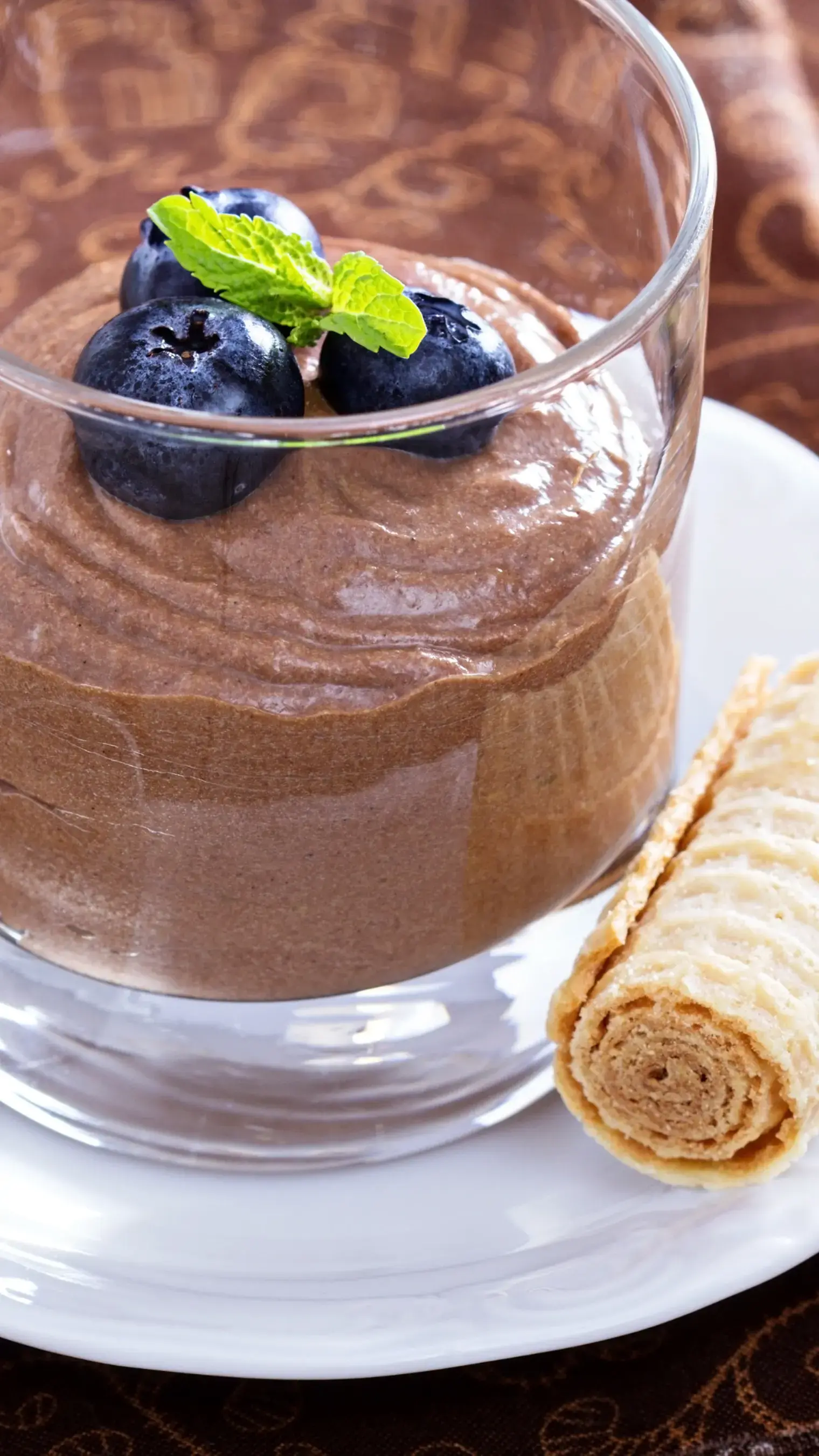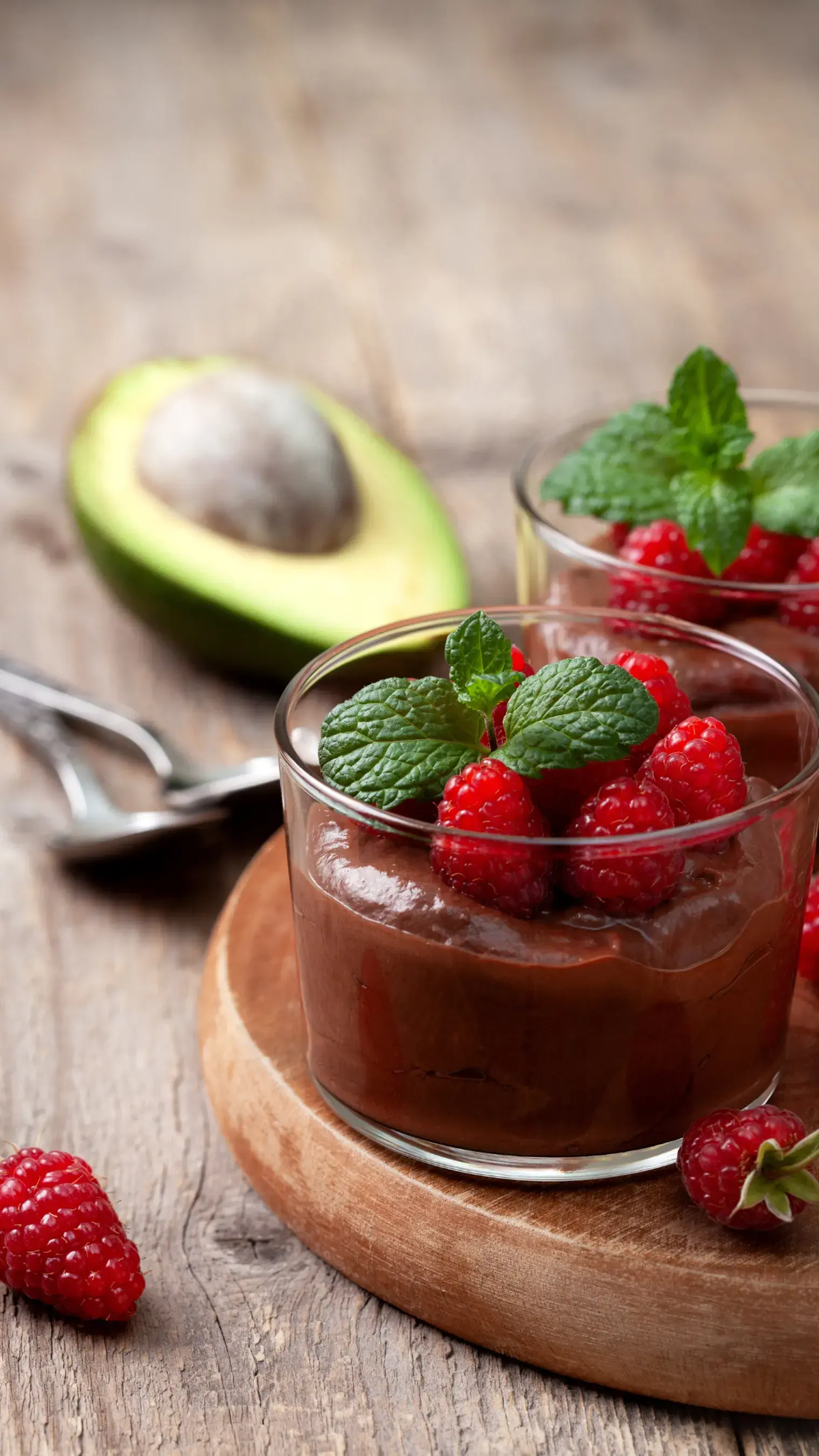- Home
- Articles
- Colombia's Indulgent Fusion: The Sinfully Delicious Blend of Cheese and Chocolate in Chocolate Completo.
Chocolate Completo's Journey from Ancient Central and South American Civilizations, Where the Sacred Cacao Bean Weaves Its Tale.

Chocolate Completo's Journey from Ancient Central and South American Civilizations, Where the Sacred Cacao Bean Weaves Its Tale.
Chocolate, a companion for moments of joy, sorrow, or the desire for indulgence, takes on new heights when paired with gooey, decadent cheese. In Colombia, this combination transcends mere midnight cravings; it's a legitimate meal, a culinary tradition deeply rooted in the country's history and love affair with cacao. Known as Chocolate Completo or Chocolate Santafereño, this beverage harmonizes the rich notes of sweet hot chocolate with the savory allure of cheese.
-updated.webp?width=768&height=512&name=1-(2)-updated.webp)
Contrary to the fancy name, crafting Chocolate Completo is a straightforward process. It involves the use of breakable blocks known as pastillas, infused with aromatic cloves and cinnamon. While some pastillas are naturally sweet, most are not, prompting the addition of sugar or panela. The mixture comes to life in a traditional aluminum pot called a chocolatera, stirred with a wooden whisk known as a molinillo. Just before serving, generous dollops of slightly salty white cheese, known as Queso Campesino, are added to elevate the experience.
The story of Chocolate Completo traces back to the ancient civilizations of Central and South America, where the cacao bean held sacred significance. In modern-day Mexico and Guatemala, the Lacandon and Manche Maya cultivated cacao, vanilla, and annatto, forming the revered "chocolate triad." Originating from regions where the cacao tree thrived under specific conditions, cacao was deemed a precious commodity by pre-Hispanic cultures.
The Olmec culture likely pioneered the domestication of cacao, developing the intricate process of transforming it into chocolate. Olmec pottery at the San Lorenzo site provides evidence of cocoa-based beverages, while symbolic associations with blood, sacrifice, power, and the elite were established. Cacao drinks became a mark of nobility during official meetings, marriage ceremonies, and offerings for rulers.
Decorated vessels for cacao held great ritualistic significance across Mesoamerican groups, symbolizing nobility and power. Hieroglyphic inscriptions on Classic period vases confirmed the connection between vessels and cacao, revealing their contents and ownership. Chemical compounds found in vessel residues, such as theobromine and caffeine, further indicated the use of cacao for drinking chocolate.
The arrival of Spanish colonizers disrupted traditional cacao cultivation, with the conquistadors often claiming fertile lands suitable for its growth. Bernardino de Sahagún noted Mexican noblemen consuming cacao mixed with vanilla, ear flower, or honey. The Spaniards, initially disliking the foaminess of traditional chocolate, developed a preference for hot cacao over time.
-updated.webp?width=768&height=576&name=2-(2)-updated.webp)
In Europe, hot chocolate became a sweet and fashionable indulgence in the 17th and 18th centuries. Maria Kijac's book, "The South American Table," reveals the transformation of chocolate upon its return to Central and South America, embraced by the upper classes in Colombia and Venezuela. However, the high cost of cacao in the 1800s restricted daily consumption to the privileged few.
The democratization of chocolate commenced with culinary adaptations that lowered its price, making it accessible to miners and farmers. As industrialization advanced, chocolate became a staple in mountain diets and a central element of afternoon snacking and socialization in the latter half of the 19th century.
The addition of cheese to Chocolate Completo's legacy remains veiled in uncertainty. It's likely that cheese found its way into the mixture through treats traditionally served alongside it, such as Pan de Yuca, a large cassava cheese bread, and almojábanas, smaller round cheese bread. This cultural practice gradually extended to pairing cheese with sweet hot chocolate, creating a symphony of flavors that resonates through Colombian culinary traditions.
Like This Article?
More Like This
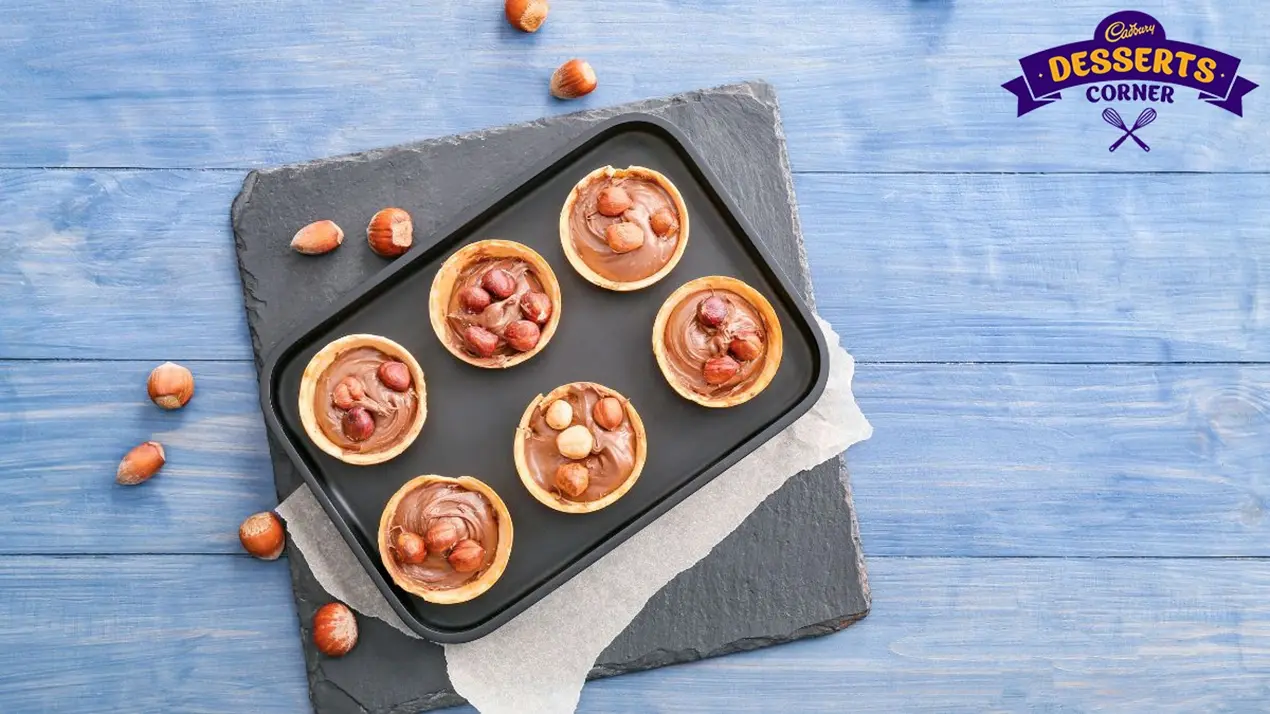
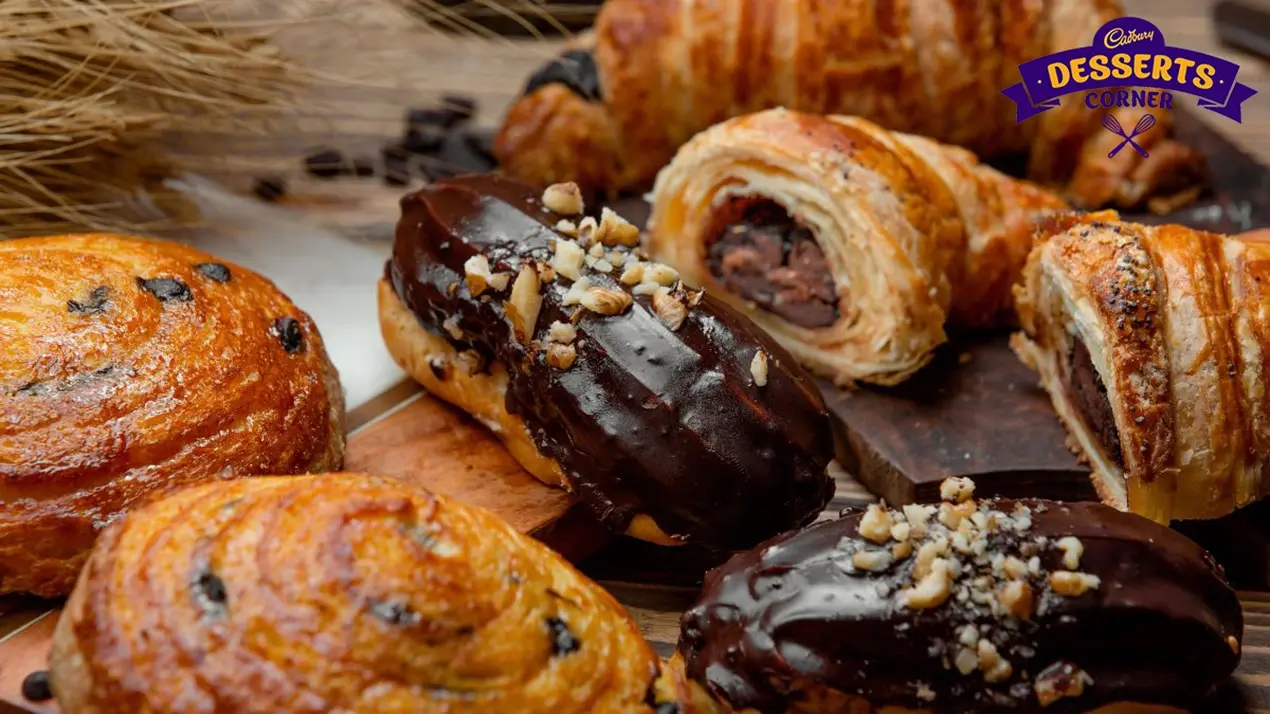
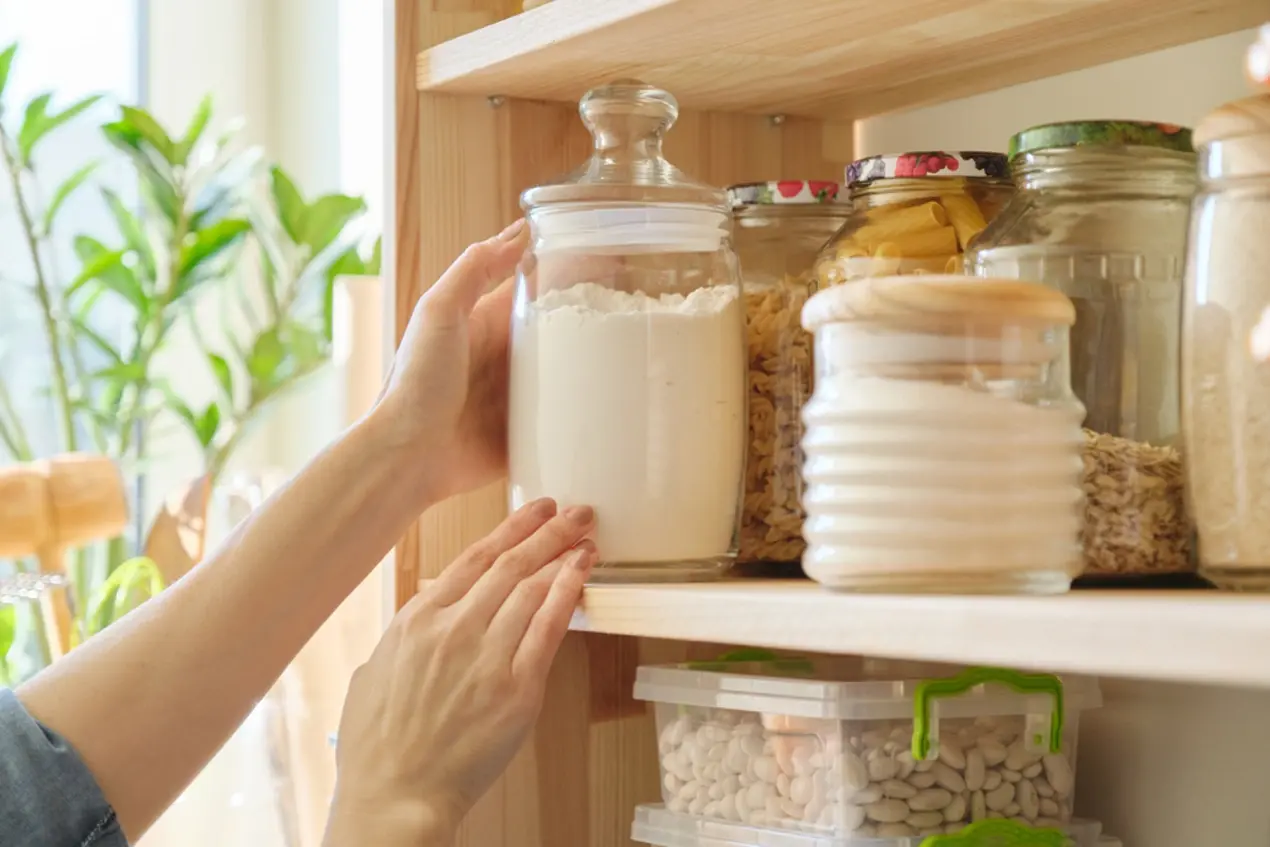
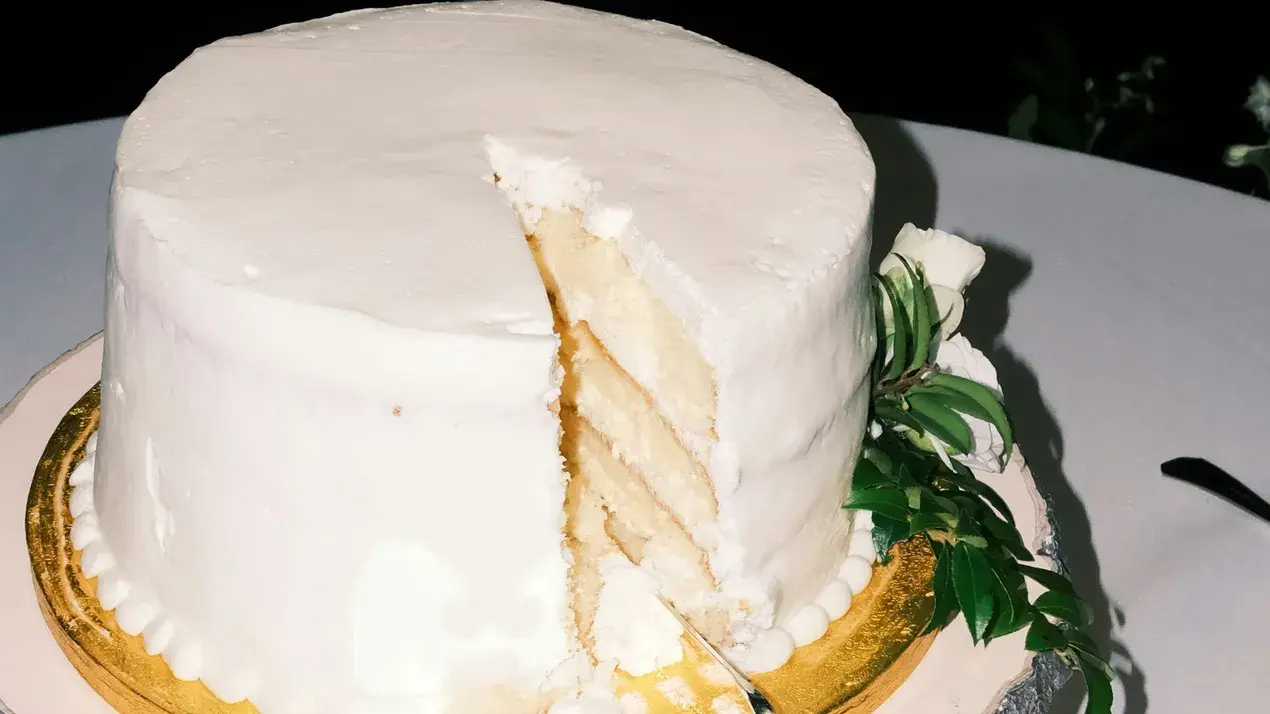
Popular Articles




Trending Web Stories
Curated Recipes


















